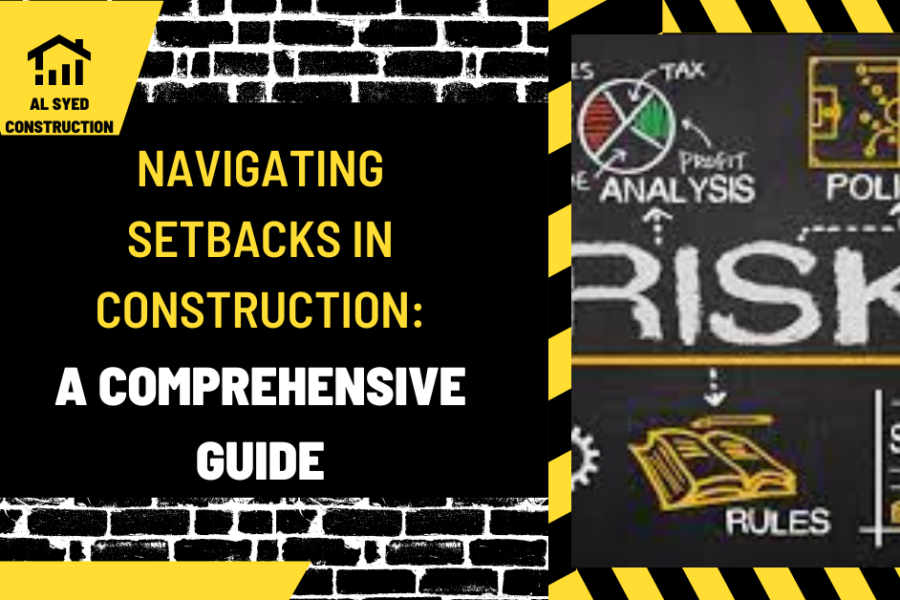
In the world of construction and urban planning, the term “setback” carries significant weight, impacting the design, legality, and aesthetics of buildings. This article delves into the concept of setbacks in construction, exploring their purpose, types, implications, and key considerations for developers, architects, and property owners.
A setback in construction refers to the minimum distance that a building or structure must be positioned away from property lines, streets, or other structures. It is a regulatory requirement enforced by local zoning laws or building codes.
Setbacks are implemented for various reasons, including ensuring privacy, providing access to natural light and ventilation, facilitating emergency access, and maintaining the aesthetic harmony of neighborhoods.
The front setback is the distance between the front property line and the building. It ensures that buildings are set back from the street, creating a uniform streetscape and providing space for landscaping or driveways.
Side setbacks regulate the distance between adjacent buildings, promoting air circulation, reducing fire hazards, and preserving privacy.
The rear setback is the distance between the rear property line and the building. It provides space for backyard amenities and ensures a buffer between neighboring properties.
Setbacks can limit the buildable area on a property, influencing the design and layout of buildings. Architects and designers must creatively work within these constraints to maximize space and functionality.
Failure to comply with setback requirements can result in legal issues, including fines, delays, and the need for costly modifications to the structure.
Adhering to setback regulations can enhance the value of a property by ensuring that it is in compliance with local zoning laws and is harmonious with the surrounding neighborhood.
Understanding the specific setback requirements in your area is crucial. Zoning laws can vary significantly between municipalities and even between different zones within the same city.
Incorporate setback considerations into the early stages of planning and design to avoid costly revisions later in the process.
In some cases, it may be possible to apply for a variance, which is a legal allowance to deviate from the standard setback requirements. This can be a complex process and may require community support or justification based on unique property constraints.
Setbacks play a vital role in shaping the built environment, ensuring safety, privacy, and aesthetic appeal. Navigating setback regulations requires a thorough understanding of local zoning laws, careful planning, and, in some cases, the pursuit of variances. By adhering to these guidelines, developers and property owners can create structures that are both compliant and harmonious with their surroundings.
https://alsyedconstruction.com/wp-content/uploads/2024/03/Al-Syed-construcTIOn-83.png 628 1200 Muhammad Zeeshan https://alsyedconstruction.com/wp-content/uploads/2020/06/alsyed-construction-logo.png Muhammad Zeeshan 2024-03-05 07:43:10 2024-03-05 09:59:47 Navigating Setbacks in Construction: A Comprehensive Guide
Since the inception of the AlSyed Construction company, which is located in Gujrat, Punjab, Pakistan, we work hard to our level best to make a strong statement in this field and by the grace of God we have earned much appreciation.
Sat – Thu:
9:00 am – 5:00 pm
Friday:
Closed
Address:
Gujrat, Punjab, Pakistan